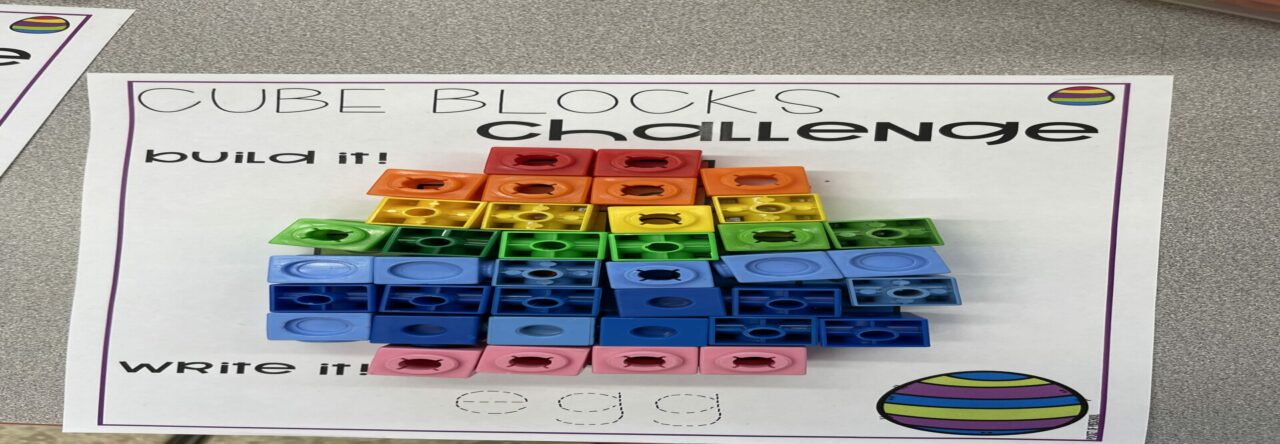I want to become a teacher as it’ll be a rewarding and challenging career, and I know first-hand the difference a teacher can make in a child’s life. I worked at my local swimming pool, teaching lessons on and off for 11 years (now going back for the 5th time). During that time, I discovered my passion for teaching and working with youth. I found it rewarding to work with a group of children regardless of age and see their progression and triumphs, and make it fun for them and wanting to come back. During this time, I also got to teach children of different abilities. One little girl stood out to me; she had an accident when she was younger, and her leg was amputated. She showed me how resilient children could be and that they all just want to be treated the same as everyone else. The evaluation of skills had to be slightly modified for her, but it made me realize that the same objective can be met in many different ways. Another student had down syndrome, and I learned the value of different types of learners as he was a visual learner. He watched and copied exactly what you were doing versus talking through the steps. Teaching swimming lessons to children and adults helped me develop my interpersonal skills, confidence, patience, and observational and listening skills, all of which will help me in my elementary school teaching career.
Now that I have started this program, my desire to become a teacher has not waned. In fact, my resolve has strengthened this past year to work with children and make a difference in their lives. I had lost two aunts at the beginning of the year, then a couple of cousins that I didn’t know as well, and most recently, I lost my childhood best friend. She left behind her two children, and they now live with their father and grandmother. Seeing our community come together each time and take on more roles and knowledge of our traditions, acting as a role model for the younger generation, and being someone they can turn to gave me a sense of purpose. I want to bring this background knowledge to the classroom. When working with students, especially in lower-income schools, I want to be cautious because not everyone has the typical family circle. So for events like Father’s Day or Mother’s Day, I will modify crafts or activities we talk about to include all types of families. I want to give students a safe place where they can go. When they walk in my classroom doors, I want them to be comfortable being themselves so they can learn. One thing that will be a challenge is setting those boundaries with students who are also family. During my observational practicum at Suwilaaks, I had the chance to practice setting boundaries, and two students wanted to be close to me the entire time. Right away, this little boy ran to me out of nowhere, threw his arms around my neck to hug me, and shouted, “Ms. Seymour, I love you!”. The little boy didn’t want to let me out of his sight and always wanted me to sit on the bench or floor next to him. He also tried to climb into my lap, so I patted the bench and said to sit beside me so we could listen and watch the teacher together. There was a little girl who wanted all of my attention as well. She did not seem to require as much physical contact as the little boy, but she wanted to tell me about her life, and I kept redirecting her attention to Ms. Wilson and the lesson.
I look forward to writing a new reflection when I am done at the end of the program.


